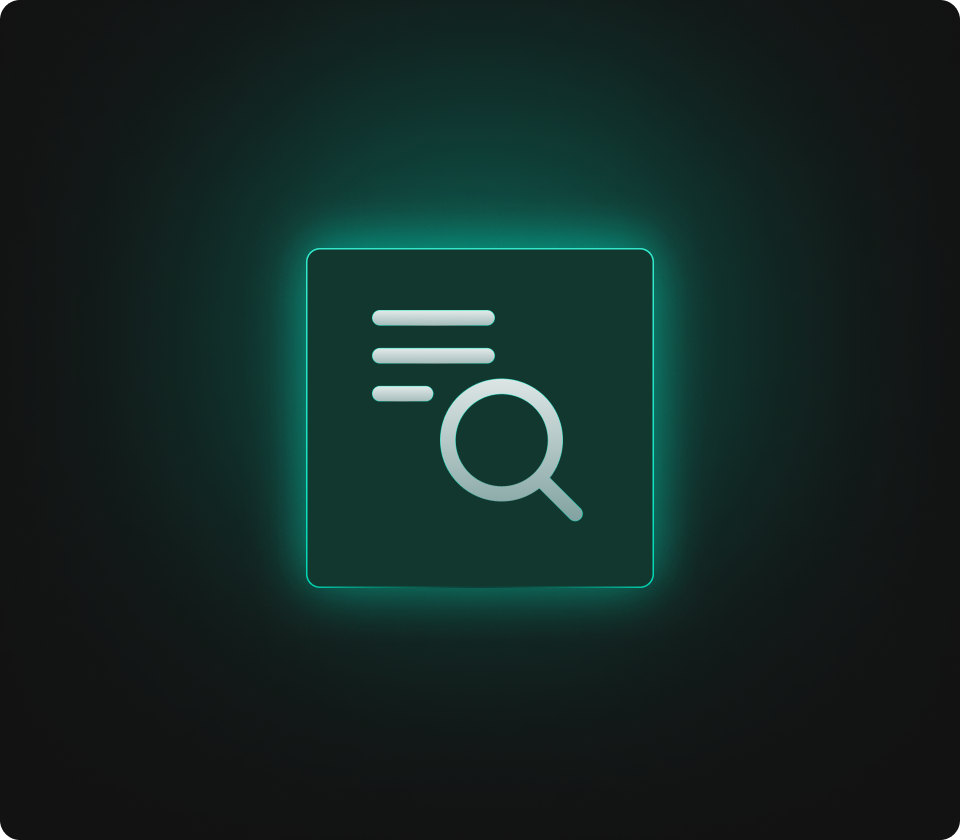Is Flowlity’s AI transparent and explainable to users?

Yes – it’s even one of Flowlity’s founding principles: providing AI that can be explained and understood by the humans who use it.
We know that in the Supply Chain, planners and managers need to trust a tool’s recommendations, and this requires understanding the “why.”
Flowlity was therefore designed not to be a black box, but rather an educational tool as well as a decision-making tool.
Concretely, how does this manifest itself?
In the Flowlity interface, each forecast and each recommendation is accompanied by explanatory elements. For example, if Flowlity recommends ordering 500 units of item X for next month, the user sees the breakdown of the expected demand: seasonality, trend, promotional effect, etc., depending on the case.
The tool also displays a confidence interval around the forecast (for example: central forecast 500, with a low scenario at 450 and a high scenario at 560), which gives an idea of the uncertainty. This allows for the justification of calculated safety stocks. Furthermore, Flowlity provides alerts and justifications. For example: "Risk of shortage in 15 days on this product because recent demand exceeds forecasts by 20%." Or: "Inventory reduction proposed on this item, because its turnover rate has decreased over the last 3 months." Technically, Flowlity's AI uses machine learning models (including deep learning), but the complexity is hidden behind a simple interface.
Ensemble learning techniques are also favored, which smooth out predictions and avoid aberrations. And above all, Flowlity sees itself as an assistant: the user always has the option to review a decision. If they don't agree with a recommendation, they can modify it (for example, order a little more or a little less), and the system will take this feedback into account to adjust in the future. It's a virtuous learning loop where the human retains final control. During training, we insist that users understand how the tool works.
Without revealing all the algorithmic details, we explain the main principles (probabilistic forecasting, dynamic buffer calculation, etc.). Very quickly, planners see that the tool reacts as they would in many cases, but better because it reacts more quickly and integrates more data. For example, the tool can detect correlations between products that humans would not have seen – but it will display “30% increase in anticipated demand for product A because it is correlated with that of product B on promotion”. This kind of explanation makes AI tangible.
Finally, on the question of technical transparency, Flowlity is open to discussing its approach:
We publish white papers and articles on our approach (e.g., use of probabilistic vs. deterministic forecasts). Our goal is not to mystify the algorithm, but to make the supply chain smarter collectively. Flowlity users become better at their jobs because they learn from AI feedback. Many report that after a few months, they have a better understanding of their supply chain dynamics (seasonality, impact of promotions, supplier behavior) thanks to the visibility the tool provides.
In short, Flowlity's AI is transparent, explainable, and human-friendly. It's a companion that informs your decisions instead of arbitrarily replacing them. This philosophy increases trust and adoption of the solution within Supply Chain teams. (If you'd like to see in practice how Flowlity presents its recommendations and what explanations are provided, we invite you to a demo where you can judge the tool's clarity for yourself.)
.svg)


